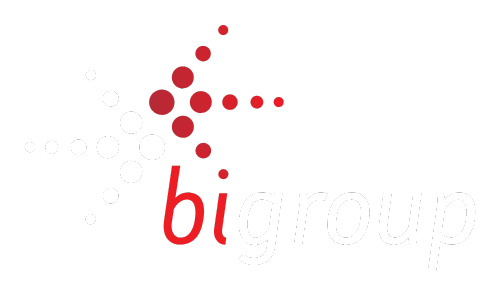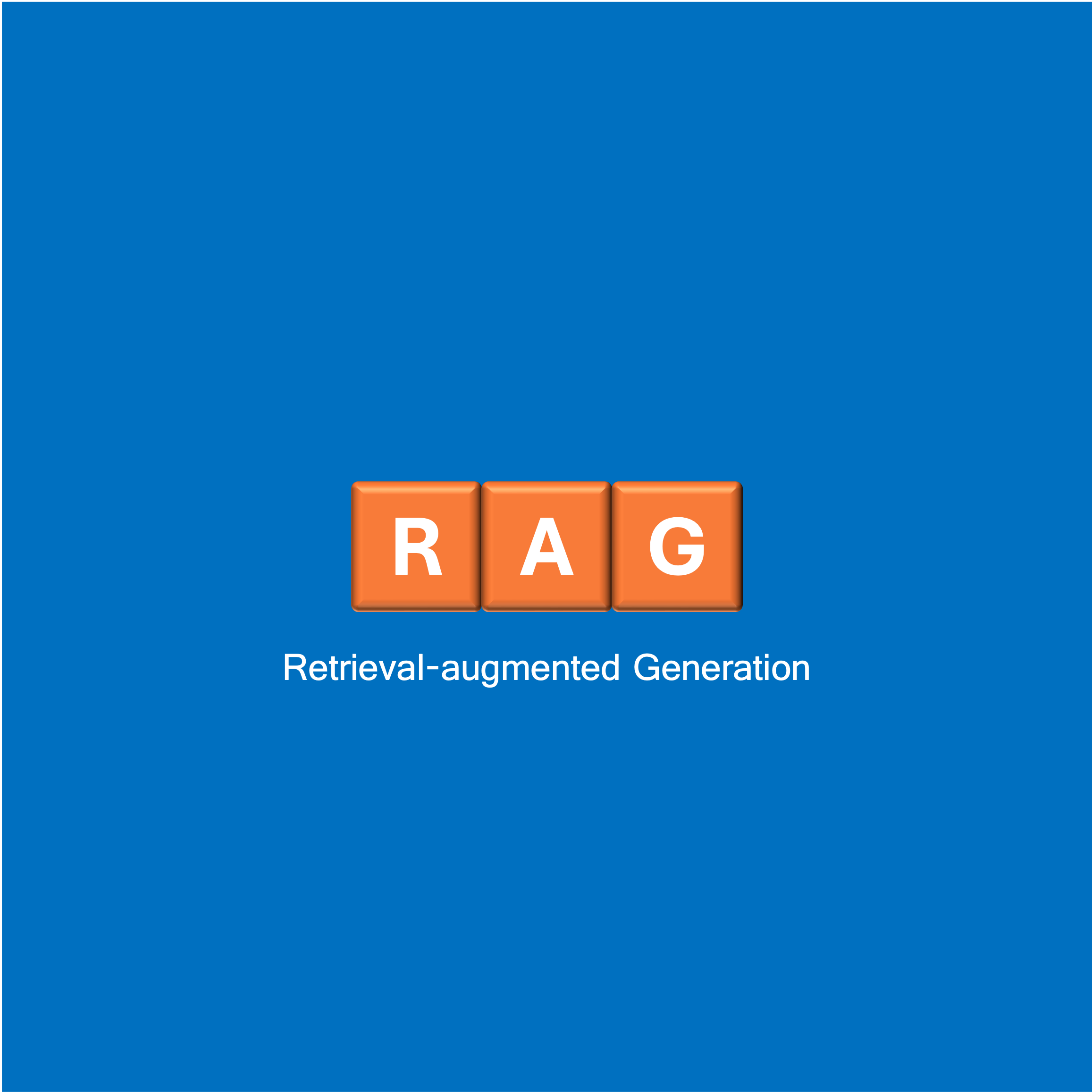Artificial intelligence is evolving rapidly, and Retrieval-Augmented Generation (RAG) is emerging as a key solution to improve AI accuracy. Businesses are embracing RAG to reduce hallucinations, enhance real-time responses, and increase trust in AI-generated content.
However, there is a critical flaw in this assumption. RAG is often viewed as a fix for AI’s hallucination problem, but without proper governance, it can become an amplifier of misinformation rather than a solution.
RAG does not inherently validate the truthfulness of retrieved data. If the sources it pulls from are biased, manipulated, or outdated, RAG will still confidently return misinformation. This presents major risks for enterprises that depend on AI-driven decision-making in finance, healthcare, legal services, and customer support.
This article explores:
✅ How RAG fits into Responsible AI Governance
✅ The hidden risks of RAG, including hallucination amplification and security vulnerabilities
✅ How organisations can mitigate RAG risks through AI security, compliance, and retrieval validation
✅ The future of RAG, including self-healing mechanisms, structured data pipelines, and multimodal retrieval
If your business is adopting AI-powered retrieval, you need to ensure your governance framework is keeping up with the risks.
Where Does RAG Fit into AI Governance?
RAG sits at the intersection of AI governance, security, and compliance. It introduces new risks that traditional AI oversight frameworks, such as bias audits, fairness metrics, and explainability models do not fully address.
Three Core Areas of RAG Governance
1️⃣ Data Integrity & Trust – Ensuring AI retrieves accurate, unbiased, and legally compliant data sources.
2️⃣ Security & Risk Management – Preventing data poisoning, adversarial manipulation, and retrieval-based attacks.
3️⃣ Transparency & Auditability – Establishing clear audit trails for retrieved information to maintain accountability.
While governance frameworks such as the EU AI Act, NIST AI Risk Management Framework, and ISO 42001 provide guidance on AI ethics and transparency, none of them fully account for the unique risks RAG introduces.
Key RAG Governance Challenges
🚨 How do we ensure that retrieved data is correct, unbiased, and not manipulated?
🚨 What happens when retrieval fails, does AI default to generating false information?
🚨 How do organisations monitor, secure, and govern the retrieval pipeline?
Without proactive governance frameworks, businesses deploying RAG risk relying on an AI system that appears accurate but is fundamentally flawed.
The Hidden Risks of RAG: When AI Becomes a Hallucination Amplifier
Many assume that RAG eliminates hallucinations, but in reality, it can make them more dangerous. Instead of hallucinating from internal model weights, RAG retrieves external misinformation, embedding falsehoods with an illusion of credibility.
1️⃣ The Illusion of Truth – When RAG Trusts the Wrong Sources
If retrieval sources contain biased, outdated, or incorrect data, RAG will confidently return misinformation as factually correct, for example:
🔹 A legal AI tool retrieved an overturned court ruling, causing a company to lose a lawsuit due to flawed precedent.
🔹 A healthcare chatbot retrieved outdated treatment protocols, advising a patient to take a recalled drug.
🔹 A financial AI system retrieved misleading stock analysis, leading to flawed investment recommendations.
Blindly trusting retrieval without validation is a governance failure. Without rigorous source verification, RAG can spread errors at scale.
2️⃣ RAG Without Governance: The Security & Compliance Nightmare
Traditional AI governance focuses on data bias and fairness, but RAG introduces new attack surfaces that demand AI security, compliance, and risk assessment.
🚨 Data Poisoning Attacks – Adversaries can inject manipulated data into the retrieval database, causing AI to generate misleading or dangerous outputs.
🚨 Unverified Sources – AI retrieval engines may pull from biased news, manipulated Wikipedia edits, or unverified knowledge bases, spreading misinformation as fact.
🚨 Regulatory Non-Compliance – If AI retrieves personal, copyrighted, or restricted content, companies could face legal action for data breaches.
Without strict governance, RAG is not an AI improvement, it is a liability.
3️⃣ The Retrieval Trap – When RAG Fails to Retrieve Useful Data
Many assume RAG always improves AI responses, but what happens when retrieval fails or introduces new biases?
🔹 Inconsistent Retrieval – If the system cannot find relevant documents, the AI hallucinates anyway, returning an incorrect but confident answer.
🔹 Retrieval Bias – If retrieval is over-optimised for specific sources, AI may ignore contradictory evidence, reinforcing pre-existing biases.
🔹 RAG Overload – If retrieval brings too much data, AI may misinterpret key facts, leading to contradictions and misleading summaries.
Without proper safeguards, retrieval failures can be worse than no retrieval at all.
The Future of RAG: Innovations for Secure AI Retrieval
RAG is evolving, and governance must evolve with it. The next stage of RAG development will focus on automated source validation, controlled retrieval pipelines, and multimodal expansion.
1️⃣ Self-Healing RAG – AI That Detects and Rejects Unreliable Sources
🔹 Automated Source Credibility Scoring – AI assigns a trust score to each retrieved source based on accuracy, bias, and historical reliability.
🔹 Cross-Verification Systems – AI compares retrieved data across multiple independent sources before generating a response.
🔹 Bias and Anomaly Detection – AI governance frameworks must integrate real-time monitoring tools to flag, filter, and reject unreliable sources.
2️⃣ RAG on Rails – Pre-Defining Trusted Data Pipelines for Secure AI Retrieval
🔹 Pre-Curated Knowledge Bases – AI retrieves from company-approved datasets, ensuring consistency, accuracy, and compliance.
🔹 Access-Controlled Retrieval – Governance teams define who can access which data sources, preventing AI from pulling unauthorised or sensitive information.
🔹 Automated Compliance Filters – AI retrieval mechanisms exclude copyrighted, confidential, or legally restricted content by default.
3️⃣ Multimodal RAG – Expanding Retrieval Beyond Text-Based Sources
🔹 Image and Video Retrieval Risks – AI must detect authentic vs manipulated media to avoid spreading deepfakes and misinformation.
🔹 Audio-Based Retrieval Challenges – AI retrieving spoken information from phone calls or interviews must ensure privacy compliance.
🔹 Structured vs Unstructured Data Governance – AI retrieving from databases, financial records, and legal documents must maintain security access controls and audit logs.
Is Your RAG System Trustworthy?
RAG is a powerful tool, but it must be governed responsibly.
Organisations that blindly trust retrieval-based AI without oversight will face hallucination failures, security breaches, and regulatory penalties. Those that implement strong governance frameworks will lead the future of secure, transparent, and accountable AI.
At BI Group, we specialise in Responsible AI Governance and secure AI deployment strategies. If your business is adopting AI retrieval systems, we can help you build secure, compliant, and trustworthy RAG solutions.
Contact us today to learn how to govern RAG responsibly.

